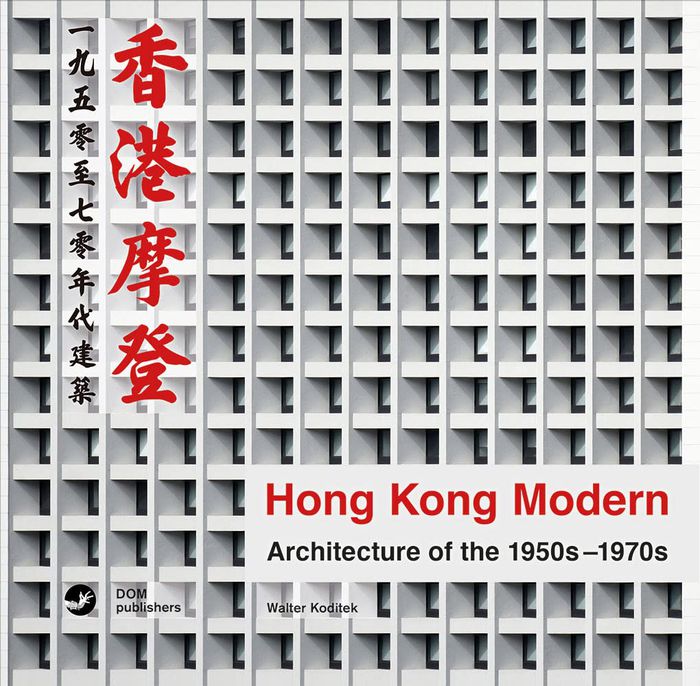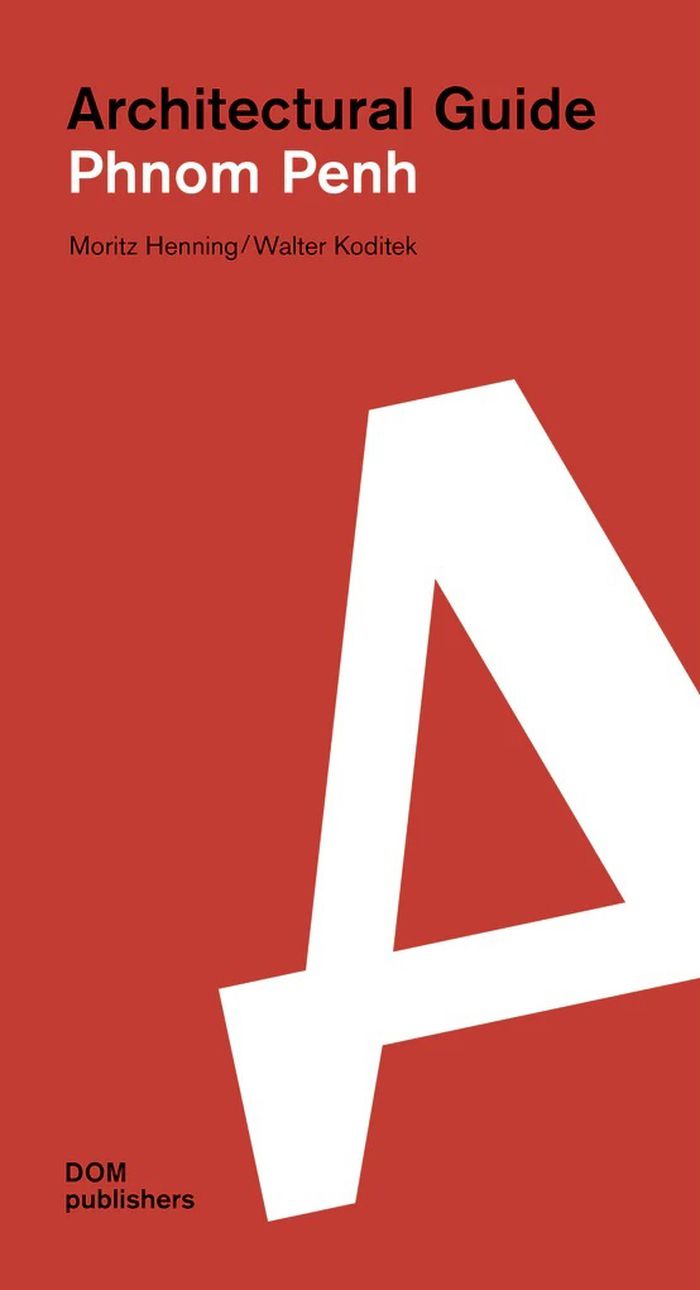$129.95
(disponible en magasin)
Résumé:
In the post-war decades, Hong Kong architects, many of them having migrated from Mainland China or studied overseas, embraced modern principles when forced to face the problems of housing shortage, mass construction and limited budgets. Although economic efficiencies often prevailed over design, their buildings were rooted in their time and place, reflecting the local(...)
décembre 2022
Hong Kong modern: Architecture of the 1950s-1970s
Actions:
Prix:
$129.95
(disponible en magasin)
Résumé:
In the post-war decades, Hong Kong architects, many of them having migrated from Mainland China or studied overseas, embraced modern principles when forced to face the problems of housing shortage, mass construction and limited budgets. Although economic efficiencies often prevailed over design, their buildings were rooted in their time and place, reflecting the local climate, social values, materials, technique and use in an often unique and pragmatic fashion. With more than 300 buildings and ensembles documented, the new publication ''Hong Kong modern architecture of the 1950s-1970s'' by Walter Koditek gives a comprehensive overview on the architecture of that transformative period in combining full-page photographs with detailed background information and further b/w images explaining and illustrating the design and history of these buildings.
$67.50
(disponible en magasin)
Résumé:
Founded in the fifteenth century, planned and rebuilt by the French, and then modernised and expanded in the era after independence, the city of Phnom Penh displays a diverse mix of styles. Here, early religious and vernacular buildings, the glittering structures of the Royal Palace, and colonial buildings of the French Protectorate (1863–1953) coexist with the gems of(...)
Phnom Penh architectural guide
Actions:
Prix:
$67.50
(disponible en magasin)
Résumé:
Founded in the fifteenth century, planned and rebuilt by the French, and then modernised and expanded in the era after independence, the city of Phnom Penh displays a diverse mix of styles. Here, early religious and vernacular buildings, the glittering structures of the Royal Palace, and colonial buildings of the French Protectorate (1863–1953) coexist with the gems of the ‘New Khmer Architecture’ of the 1960s. After the destructive period under the Khmer Rouge, the city went through a rebirth. It has seen rapid modernisation and economic development in recent years, and its urban landscape is transforming at a breathtaking pace. This guide offers a comprehensive overview of Phnom Penh’s built heritage, highlighting its history and architectural layers. In addition to covering better-known masterpieces, it also takes readers through the city’s ‘everyday architecture’, revealing places off the beaten track.
Guides des villes

